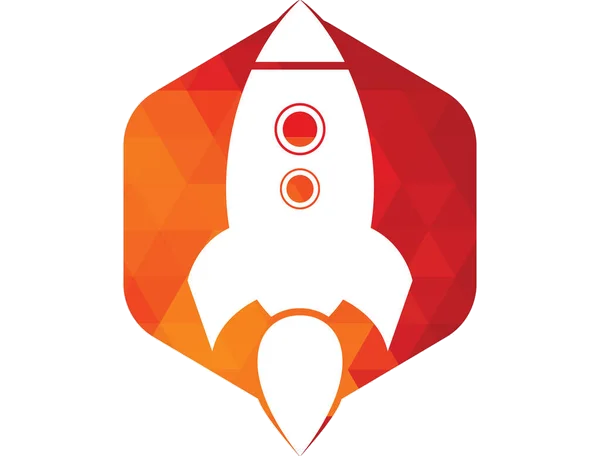Cost-Effective Software Development Proposal
Creating a proposal that balances quality, functionality, and affordability requires a structured yet flexible approach. Agile methodology, with its iterative feedback loops, ensures that the proposal aligns closely with the customer’s needs while optimizing costs. Below is a step-by-step process for drafting a software proposal using Agile principles, highlighting key points where customer communication and feedback are essential.
Step 1: Initial Discovery & Requirements Gathering
Goal: Understand the project’s scope, objectives, and constraints.
- Conduct a kickoff meeting with stakeholders to discuss business goals.
- Identify must-have vs. nice-to-have features to prioritize budget allocation.
- Use user stories or problem statements to define requirements.
Customer Feedback Needed:
- Validate the problem statement and initial feature list.
- Confirm budget expectations and constraints.
Step 2: High-Level Estimation & Feasibility Check
Goal: Provide a rough estimate to assess project viability.
- Break down features into epics (broad functional areas).
- Use t-shirt sizing (S, M, L, XL) or story points for relative effort estimation.
- Identify potential risks (e.g., third-party integrations, scalability).
Customer Feedback Needed:
- Adjust scope if initial estimates exceed budget.
- Decide whether to proceed with a Minimal Viable Product (MVP) or phase development.
Step 3: Define MVP & Prioritize Features
Goal: Focus on delivering core functionality first to reduce costs.
- Work with the customer to rank features based on business value.
- Define acceptance criteria for each feature.
- Outline a release plan (e.g., MVP → Phase 1 → Phase 2).
Customer Feedback Needed:
- Approve the MVP scope and feature prioritization.
- Confirm if any features can be deferred to later phases.
Step 4: Iterative Proposal Drafting & Review
Goal: Refine the proposal incrementally based on feedback.
- Draft a modular proposal with flexible pricing options (e.g., fixed-cost MVP + hourly enhancements).
- Include alternative solutions (e.g., off-the-shelf vs. custom development).
- Present trade-offs (e.g., faster delivery vs. lower cost).
Customer Feedback Needed:
- Review and adjust pricing models (fixed bid vs. time & materials).
- Approve or suggest changes to the proposed development approach.
Step 5: Finalize Proposal with Contract Terms
Goal: Ensure flexibility while protecting both parties.
- Define milestone-based payments tied to deliverables.
- Include change request protocols to handle scope adjustments.
- Specify feedback cycles (e.g., regularly scheduled demos).
Customer Feedback Needed:
- Agree on payment terms and review cycles.
- Sign off on the final proposal before development begins.
Conclusion
By following an Agile-based proposal process, we ensure continuous alignment with our customer’s budget and expectations. Frequent feedback loops help avoid costly misunderstandings and allow for adjustments before development begins.
Key Takeaways:
🚀 Early customer involvement reduces costly revisions later.
🚀 Prioritizing an MVP keeps initial costs low.
🚀 Flexible pricing models accommodate budget constraints.
🚀 Iterative reviews ensure the proposal stays aligned with business goals.


Comments are closed